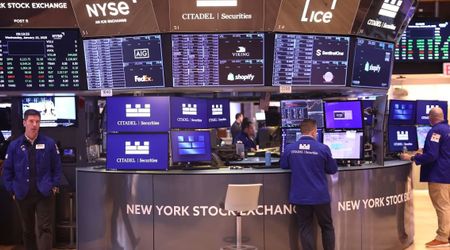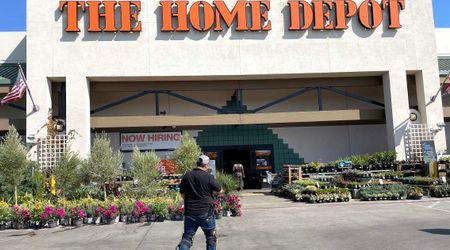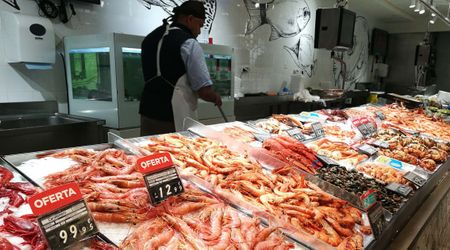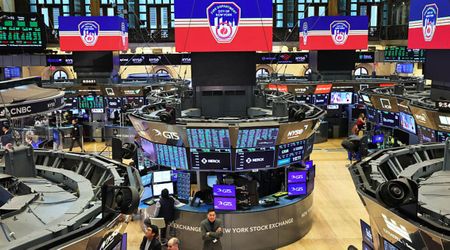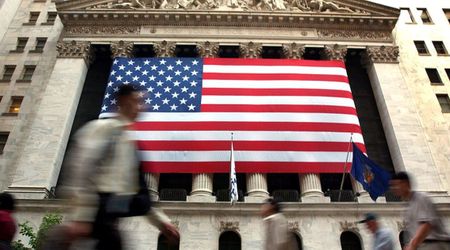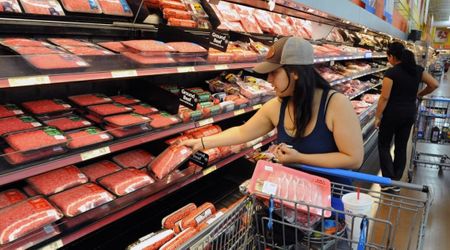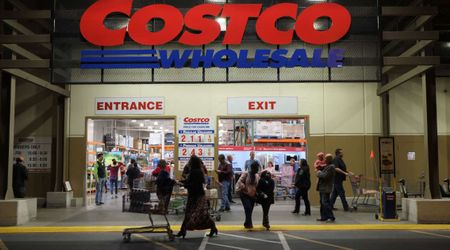Why Are Americans Avoiding Dining Out? Skyrocketing Food, Grocery Prices Are a Key Factor

Earlier eating out was not so much a costly affair—people would dress up and show up at a restaurant for a memorable dining experience. Going out for dinner or lunches helped people relax and bond with their close ones. But nowadays, dining out is considered a luxury. An average salaried person cannot think of spending every weekend on lavishly presented meals. The high prices along with the restaurant hype and unnecessary additional charges have made people step down from this habit of exorbitant spending. Several factors affect the way people relish their food and is now seen as a fancied habit of rich people. Let's explore the reasons behind this enormous change.

What makes the dining out experience costly?
Valentine's Day this year has just passed, and a lot of couples were seen celebrating it at home. Americans have felt the need to encourage home-cooked meals which exempt them from high expenses on special occasions and help them stick to their monthly budget. Dining out has become a costly affair due to the skyrocketing food and grocery prices. Last year, food prices demonstrated an 8.2% increase with grocery prices going up by 11.3%.

Another crucial factor contributing to the high prices is the demand for services post-pandemic. Every industry is facing wage pressure, especially healthcare, education, government, hospitality, and even the food sector, including restaurants. The dine-out places are struggling to increase wages just to sustain their workforce to keep their businesses afloat. As per the findings of Goldman Sachs, the shift in the prices was because wages upsurged significantly in 2023 and are gradually slowing down this year. This led to dining experiences becoming costlier.
Prices of common food items have increased
Fresh vegetables that could be easily procured from the markets are going premium and purchasing those can hamper the monthly budget for some. The prices of fresh leafy vegetables went up by 2.4% while tomatoes prices were 4.6% higher. Additionally, the prices of frozen fruit juices and drinks upsurged; the monthly increase was 9.9% while the yearly increase was lavish, at 29%. The reason for the increase in juices and fruits is to be blamed on the bad weather conditions. Timothy Richards from the Arizona State University's School of Agribusiness revealed the reason behind higher tomato prices was the farmer's shift in selling high-profitable crops that they grew on their farms. Also, tomato prices were much lower in 2022. Therefore, a slight increase in the prices caused an uproar in the market.

Are any food items cheaper? There is good news for seafood lovers, with shelf-stable fish and seafood rates going down by 2.9%. Eggs have also seen a downtime with the prices reducing by 28.6% as compared to the last year. On the other hand, lettuce saw a decrease of 11.7% while apple prices decreased by 8.9% and ham prices reduced by 3.1%. This shift in prices can be associated with factors like bad weather, farmer's strikes, natural disasters, etc. Recently, the prices of eggs saw an increase of 3.4% as some major parts of the country were affected by the eye flu disease. This sudden change in prices has majorly affected the industry.
